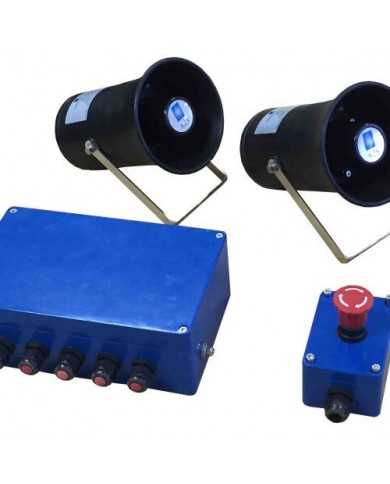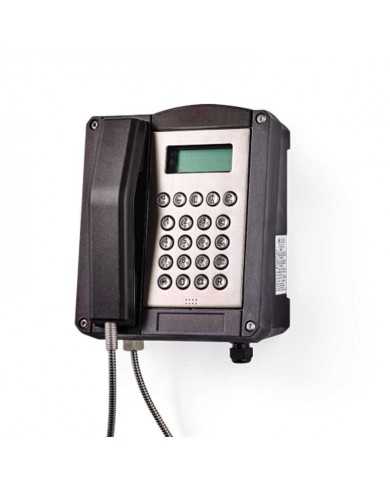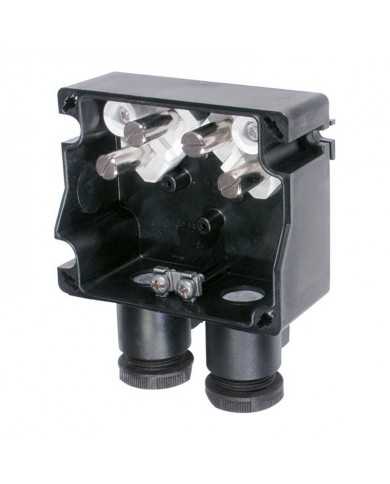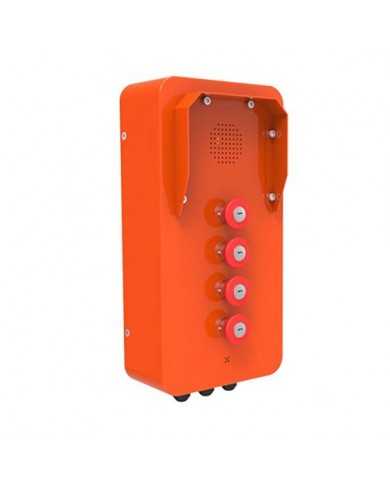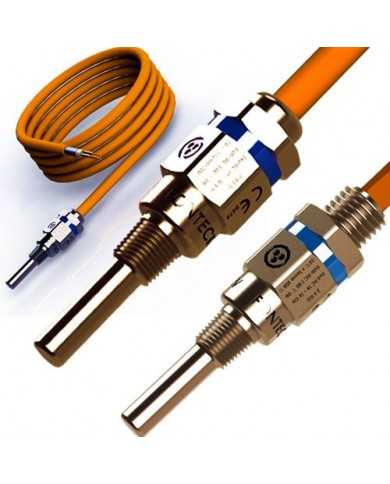
The history of fire detection begins with the use of simple mechanical systems and temperature-sensitive detectors. These devices, although basic, laid the foundation for fire safety by providing a method for signaling the presence of fire. However, their effectiveness was limited, especially in ATEX environments where fires can spread quickly and flammable gases or vapors are present.




